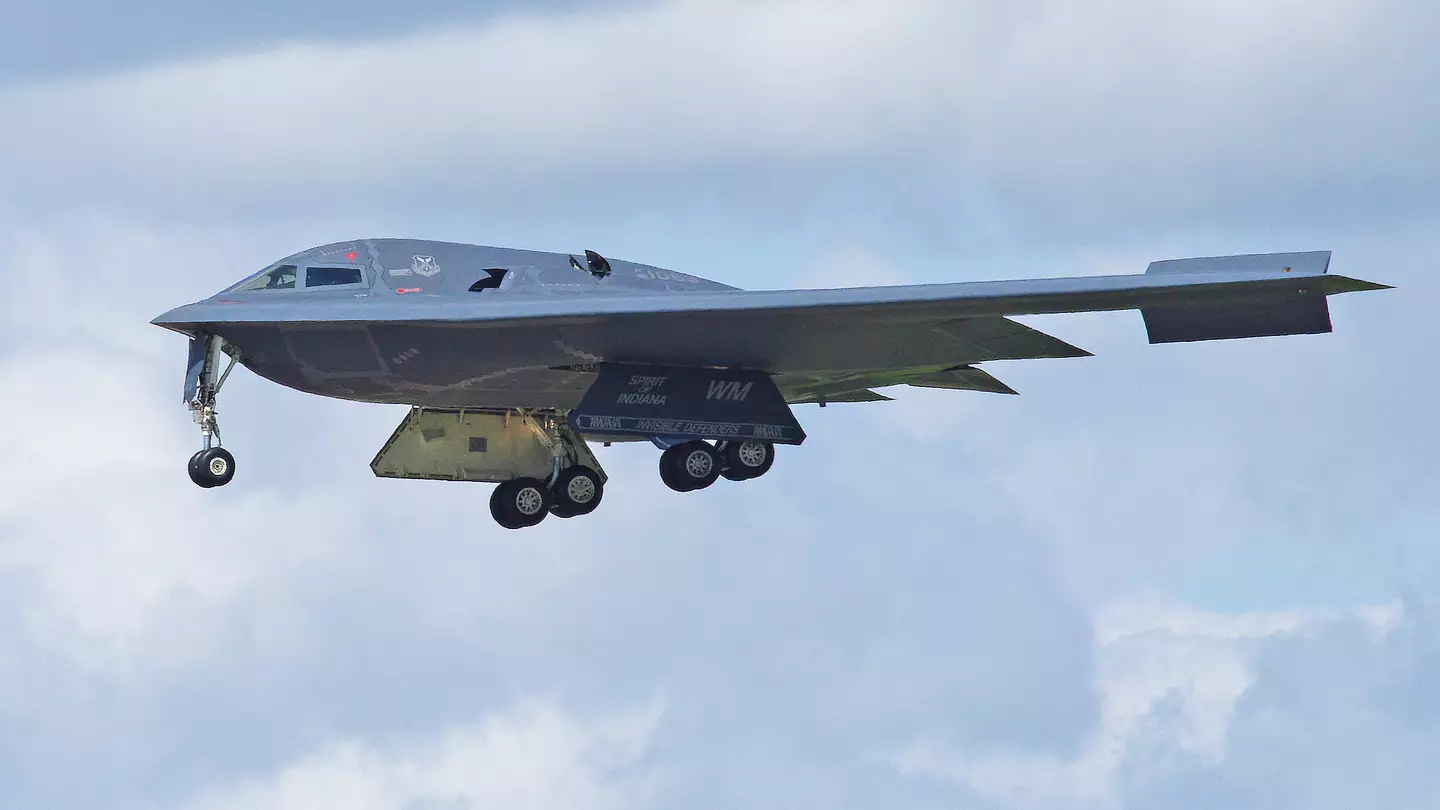
Inside $2,100,000,000 US stealth bomber made of 'radar absorbing' material making it impossible to detect
The US used six B-2 Spirit stealth bombers in their strikes on three targets in Iran
Featured Image Credit: Getty Stock Photo
Topics: US News, Iran, Donald Trump, World News
 Joe Harker
Joe Harker
Joe graduated from the University of Salford with a degree in Journalism and worked for Reach before joining the LADbible Group. When not writing he enjoys the nerdier things in life like painting wargaming miniatures and chatting with other nerds on the internet. He's also spent a few years coaching fencing. Contact him via [email protected]
@MrJoeHarker